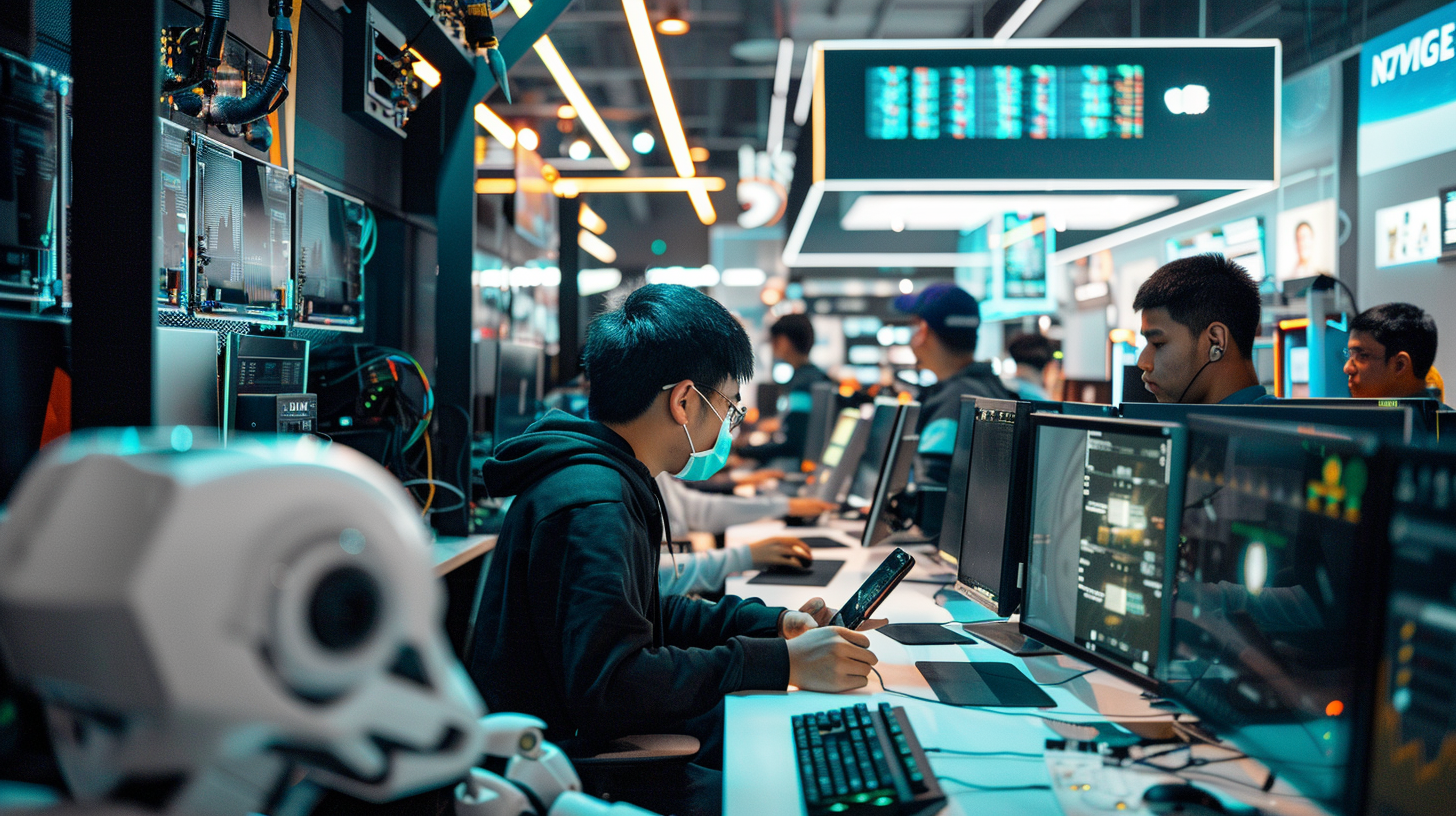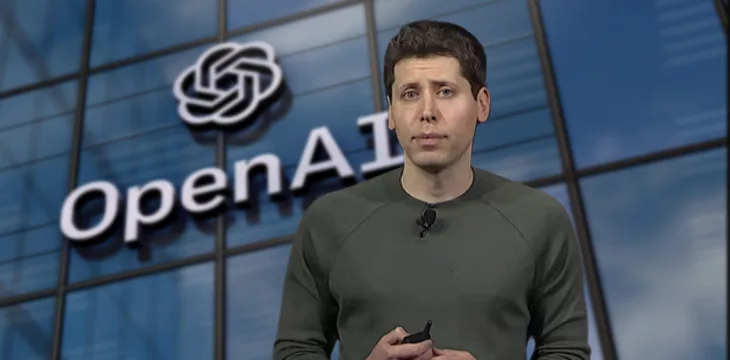| Key Points: – Intel’s stock experiences its worst drop in 50 years, falling to a decade-low price. – The chipmaker reports significant losses and announces massive layoffs and restructuring. – Global semiconductor stocks feel the impact, with Asian and European chip firms also declining. – Intel’s struggles highlight the shifting dynamics in the AI-driven chip market. |
In a seismic event that has sent shockwaves through the technology sector, Intel, once the undisputed king of chipmakers, experienced its most dramatic stock plunge in half a century. On Friday, August 2, 2024, Intel’s shares nosedived by a staggering 27%, marking the company’s second-worst trading day since its IPO in 1971. This unprecedented fall has not only erased billions from Intel’s market value but has also triggered a ripple effect across the global semiconductor industry.
The catalyst for this historic downturn was Intel’s dismal quarterly report, which revealed a swing from a $1.48 billion net income to a $1.61 billion net loss year-over-year. The company’s adjusted earnings per share of 2 cents fell drastically short of analysts’ expectations of 10 cents, while revenue also missed the mark. These disappointing figures have pushed Intel’s stock price down to $21.22, a level not seen since 2013, and have dropped its market capitalization below the $100 billion threshold.
In response to this financial turmoil, Intel CEO Pat Gelsinger announced a sweeping restructuring plan, describing it as “the most substantial restructuring of Intel since the memory microprocessor transition four decades ago.” The plan includes laying off more than 15% of the company’s workforce as part of a $10 billion cost-reduction strategy. Additionally, Intel has suspended its dividend payment for the fiscal fourth quarter of 2024 and significantly lowered its full-year capital expenditure forecast.
The repercussions of Intel’s downturn were felt far beyond Silicon Valley. Asian semiconductor giants such as Taiwan Semiconductor Manufacturing Co. (TSMC) and Samsung saw their stock prices tumble, with TSMC closing 4.6% lower and Samsung dropping more than 4%. The aftershocks continued into the European markets, affecting companies like ASML, STMicroelectronics, and Infineon.
Intel’s struggles highlight the rapidly changing landscape of the semiconductor industry, particularly in the face of the artificial intelligence revolution. The company’s decision to accelerate the production of AI-capable Core Ultra PC chips contributed to its losses, indicating the intense pressure to compete in the AI chip market. This shift in focus comes as Intel faces fierce competition from rivals like AMD, Qualcomm, and Nvidia, who have been quicker to capitalize on the AI boom.
Adding to the sector’s woes, reports emerged of a U.S. Department of Justice antitrust investigation into Nvidia, the current leader in AI chips. While Nvidia maintains that it “wins on merit,” this development underscores the heightened scrutiny and competitive tensions within the industry.
As the dust settles on this tumultuous day in tech history, the future of Intel and the broader semiconductor industry remains uncertain. The company’s massive restructuring effort and its push into AI-capable chips represent a high-stakes gamble to regain its former glory. However, with competitors like AMD and Nvidia making significant inroads in the AI chip market, Intel faces an uphill battle.
The coming months will be crucial for Intel as it implements its restructuring plan and attempts to navigate the rapidly evolving tech landscape. For investors and industry watchers alike, Intel’s journey serves as a stark reminder of the volatile nature of the tech sector and the relentless pace of innovation that can make even the mightiest giants vulnerable to disruption.
As the global chip industry grapples with these developments, one thing is clear: the battle for supremacy in the AI-driven semiconductor market is far from over, and the outcome will shape the future of technology for years to come.






